5/30/2025
Diagnosing Nutrient Deficiencies in Foliage Plants
Lynn Griffith
In my travels as a tropical plant consultant, I encounter numerous nutritional disorders in tropical foliage plants (houseplants). Tropicals normally require high nutrient inputs, which can lead to deficiencies and imbalances. The tropical foliage plants in the trade are native to different countries all over the world. Their nutritional tendencies vary considerably. Some of the more common deficiency symptoms are shown here, with recommendations for correction.
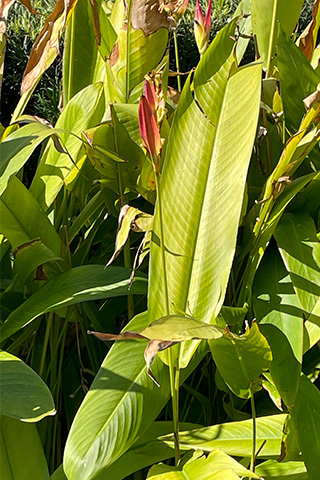
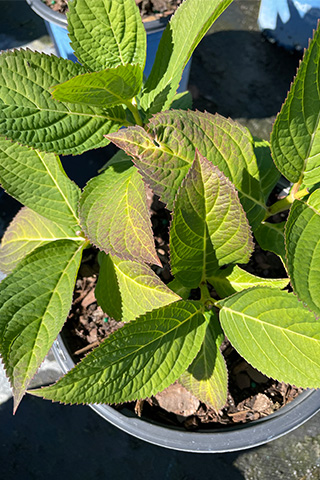
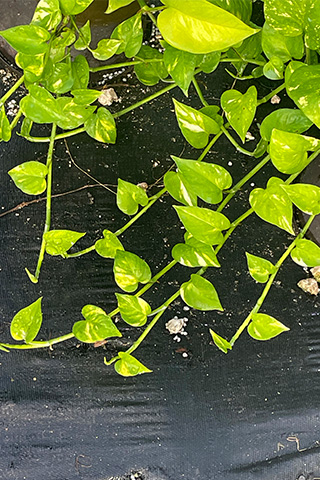
Left: Heliconias have very high nitrogen requirements. Spray with 20-10-20 or 15-5-15.
Center: Leaves become small in pothos with low nitrogen. Magnesium nitrate sprays are helpful.
Right: Phosphorus deficiency in hydrangea. Apply high phosphate fertilizers for pink or white varieties only.
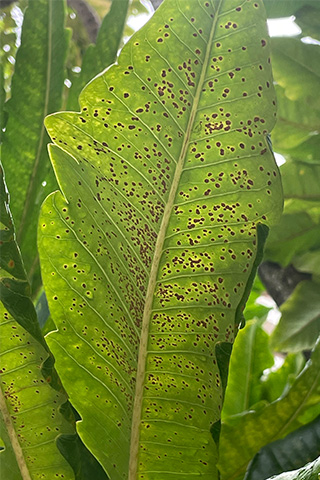
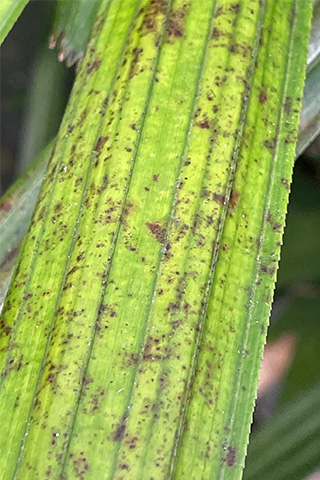
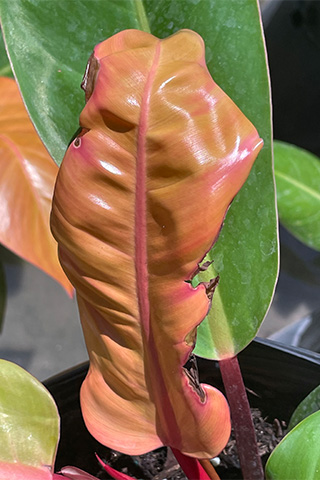
Left: Potassium deficiency in aralia. Spray or drench with potassium nitrate or Diamond K.
Center: Potassium deficiency in rhapis palm. This is not a leaf spot disease. Sprays won’t work, so apply potassium to the media.
Right: Calcium deficiency in philodendron. Drench calcium nitrate or chelated calcium, or topdress with gypsum.
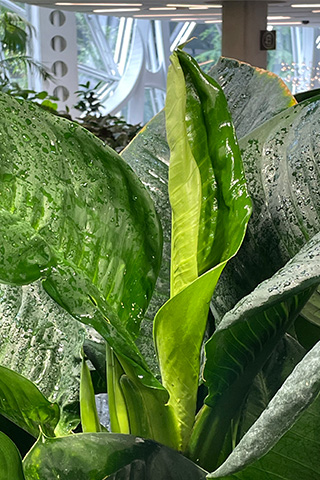
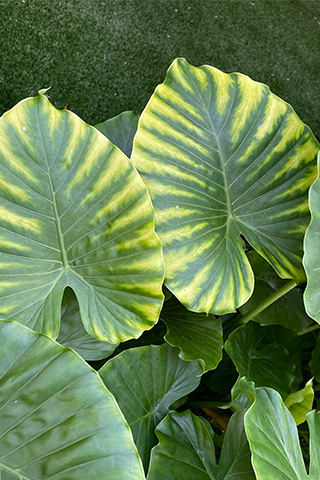
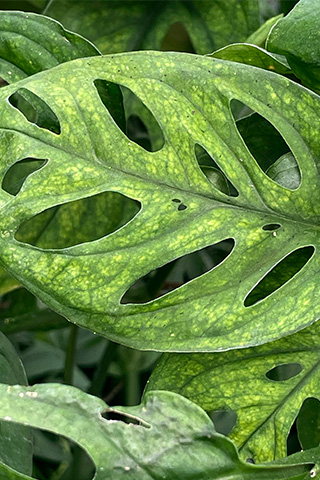
Left: Calcium deficiency in spathiphyllum. This is especially common in wet, humid conditions. Calcium sprays help.
Center: Magnesium deficiency in alocacia. Drench with Epsom salts or Diamond K. Spray with Epsom salts or magnesium nitrate.
Right: Magnesium deficiency in Swiss cheese plant. This plant is frequently deficient in magnesium. Keep magnesium in your sprays and liquid feed.
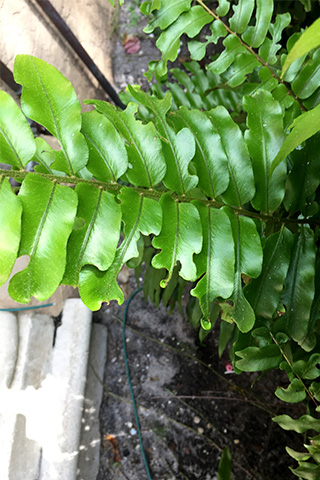
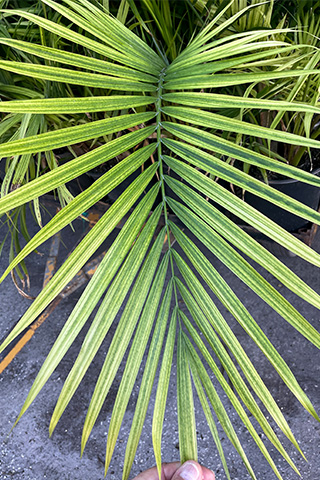
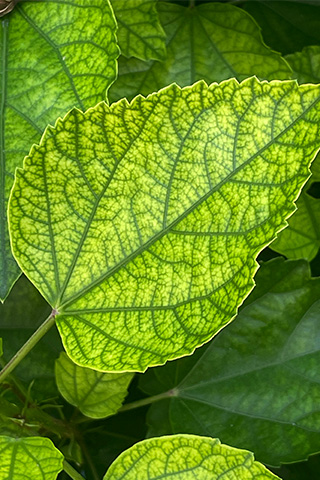
Left: Sulfur deficiency in arboricola. Spray with magnesium sulfate and manganese sulfate.
Center: Iron deficiency in majesty palm. This is an acid-loving plant. Keep pH low and drench or top dress with iron.
Right: Iron deficiency in hibiscus. Iron sprays don’t work. Drench or top dress with iron fertilizers.
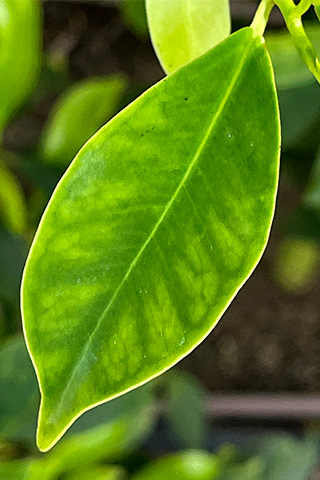
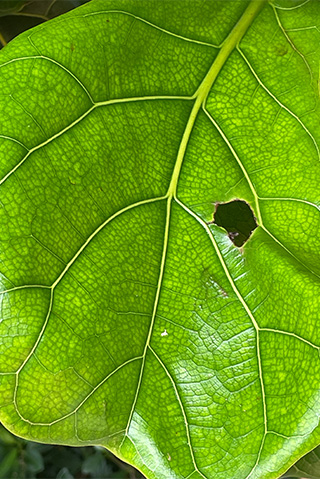
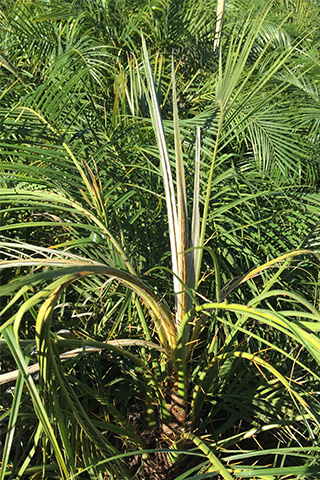
Left: Manganese deficiency in Ficus microcarpa (formerly known as Ficus nitida). Keep manganese sulfate in your spray program.
Center: Manganese deficiency in Ficus lyrata. Very common on this plant. Spray periodically with manganese sulfate.
Right: Copper deficiency in Phoenix roebelinii. A rather rare deficiency in palms. One spray with copper usually corrects it.
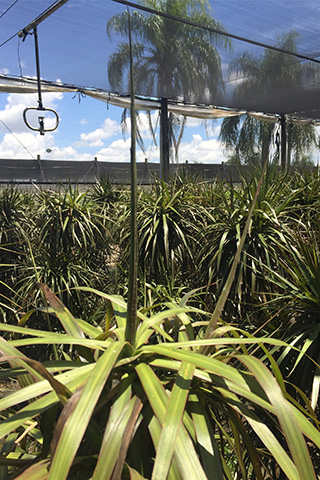
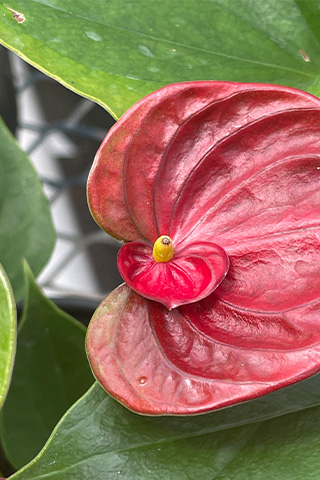
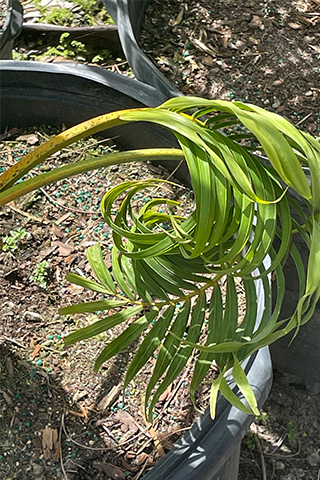
Left: Copper deficiency in Dracaena marginata. Spears become hard and brittle. Keep all micronutrients, including copper, in your sprays.
Center: Boron deficiency in anthurium. The spadix becomes small. Spray with Solubor or Borax.
Right: Boron deficiency in palm. Boron sprays aren’t very effective on palms. Soil applications are better.
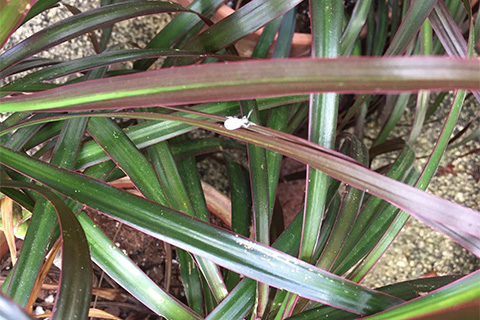
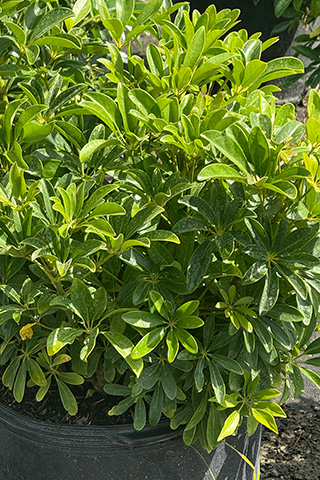 Left: Phosphorus deficiency in Dracaena marginata. Spray or drench high phosphate fertilizers, such as 9-45-15 or 10-52-10.
Left: Phosphorus deficiency in Dracaena marginata. Spray or drench high phosphate fertilizers, such as 9-45-15 or 10-52-10.
Right: Sulfur deficiency in arboricola, a common disorder.